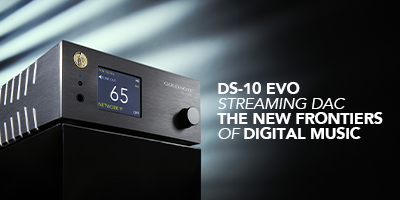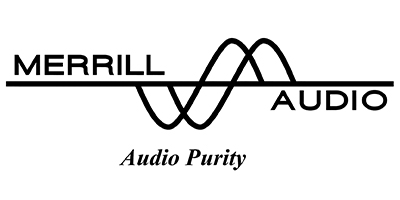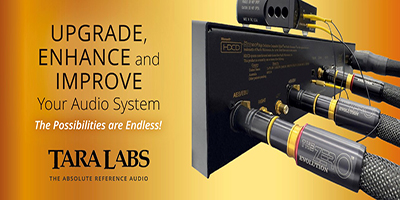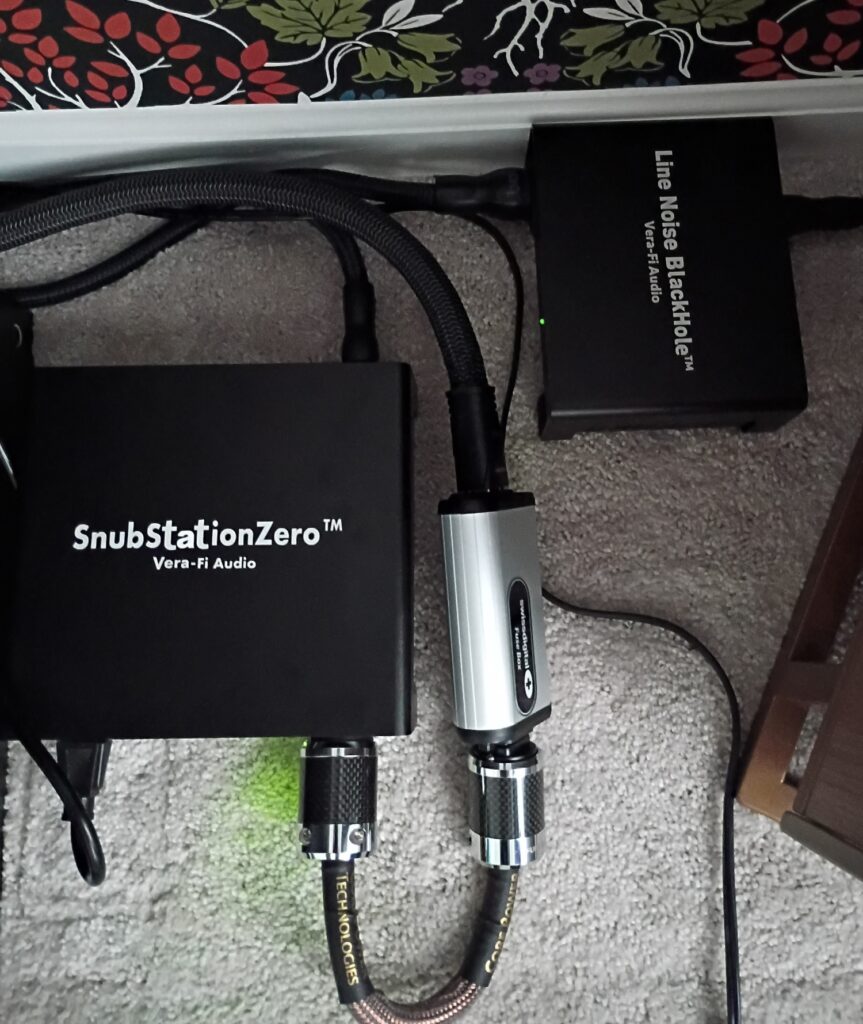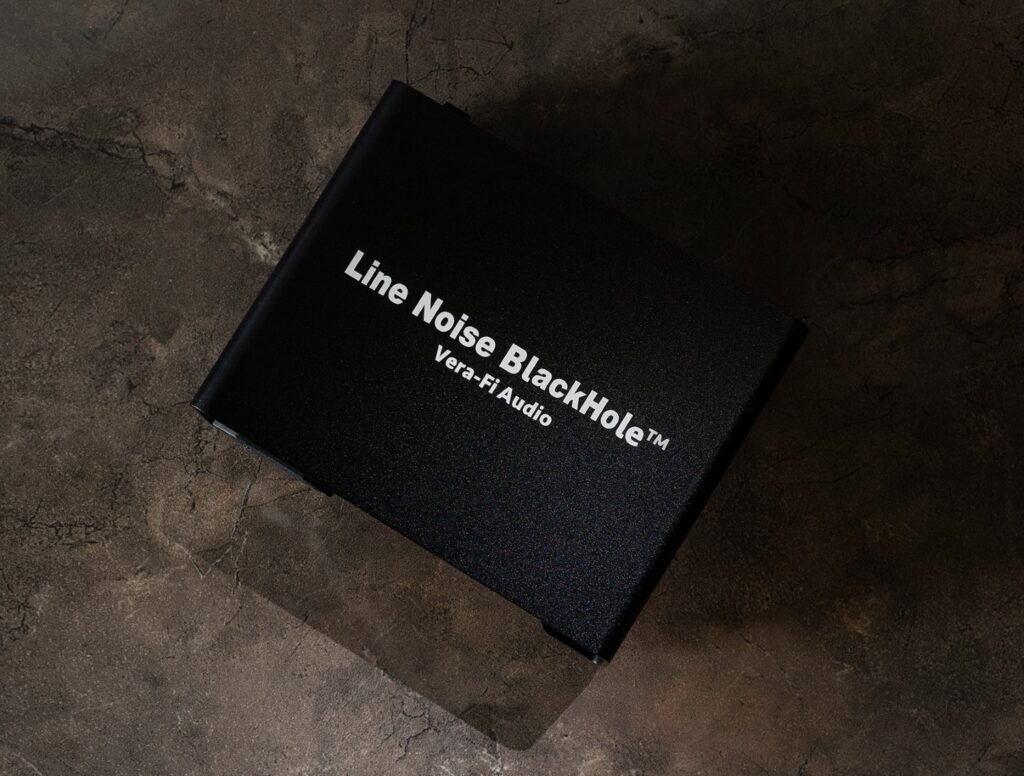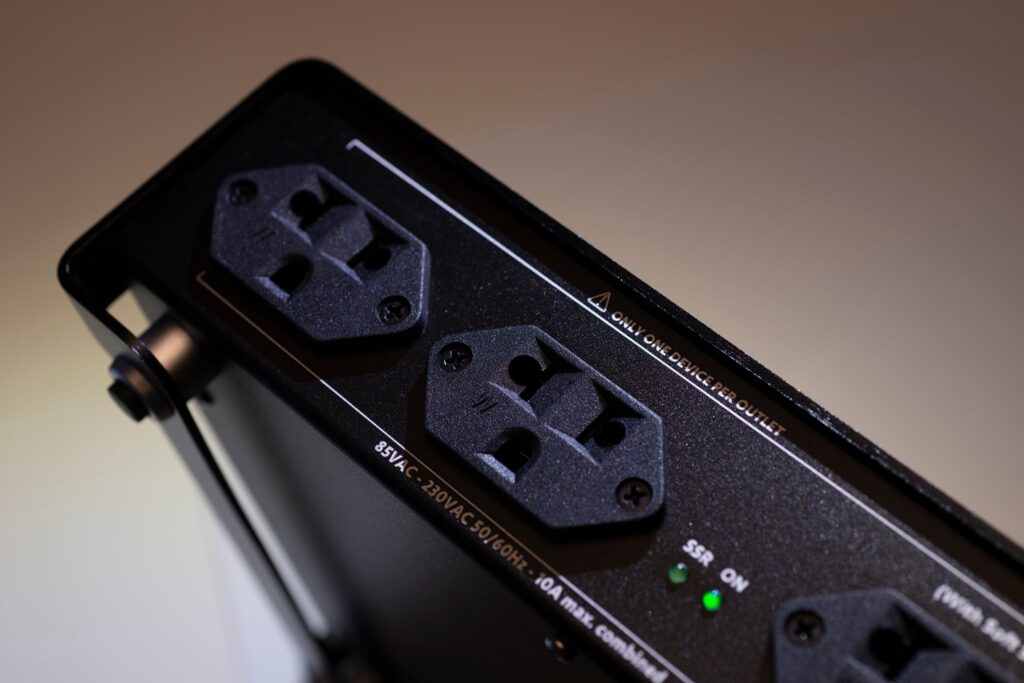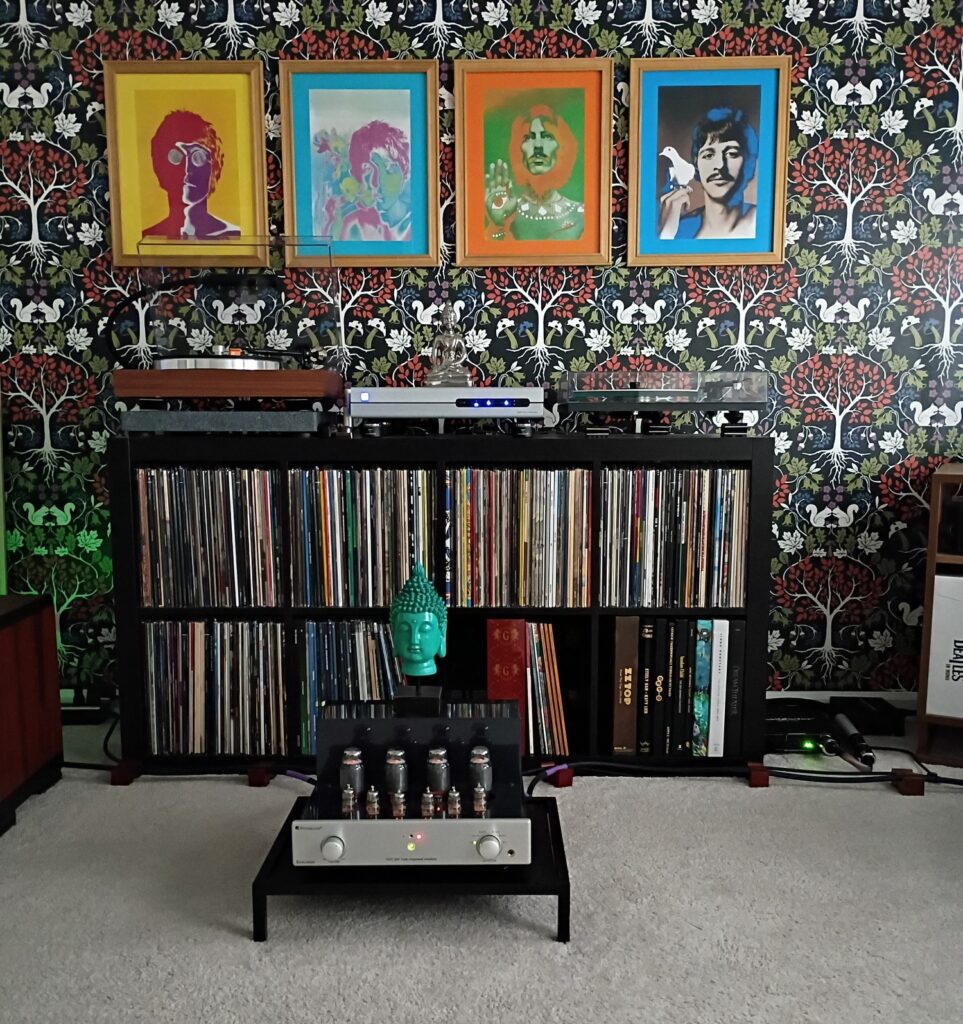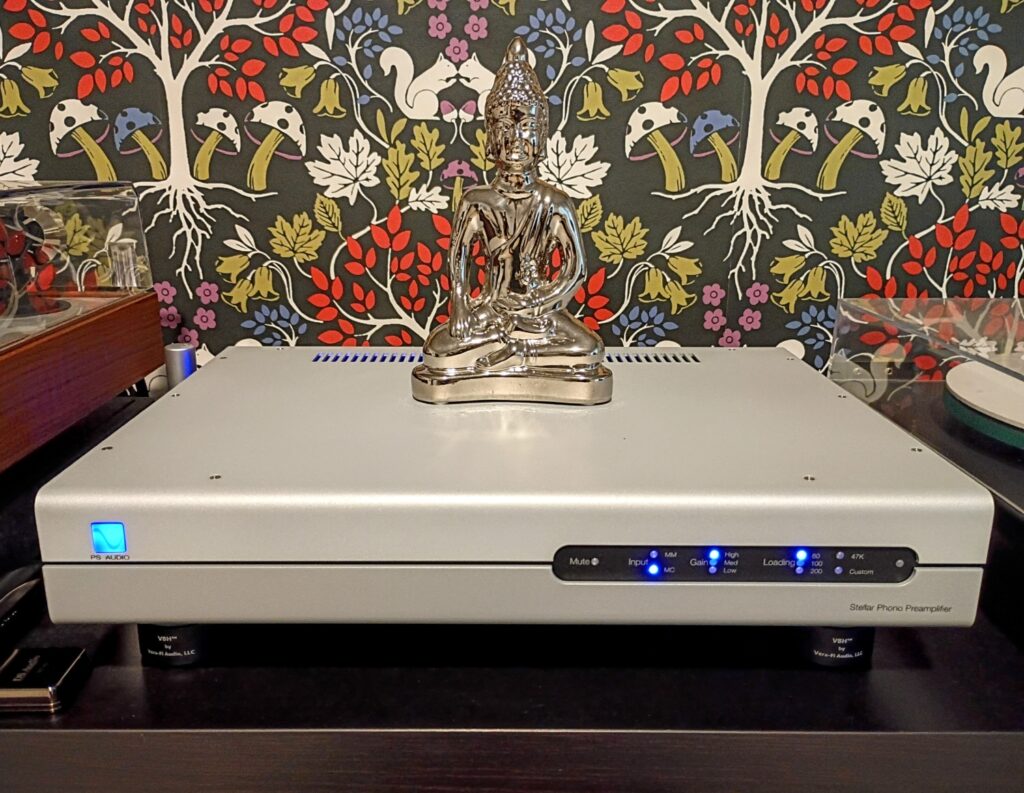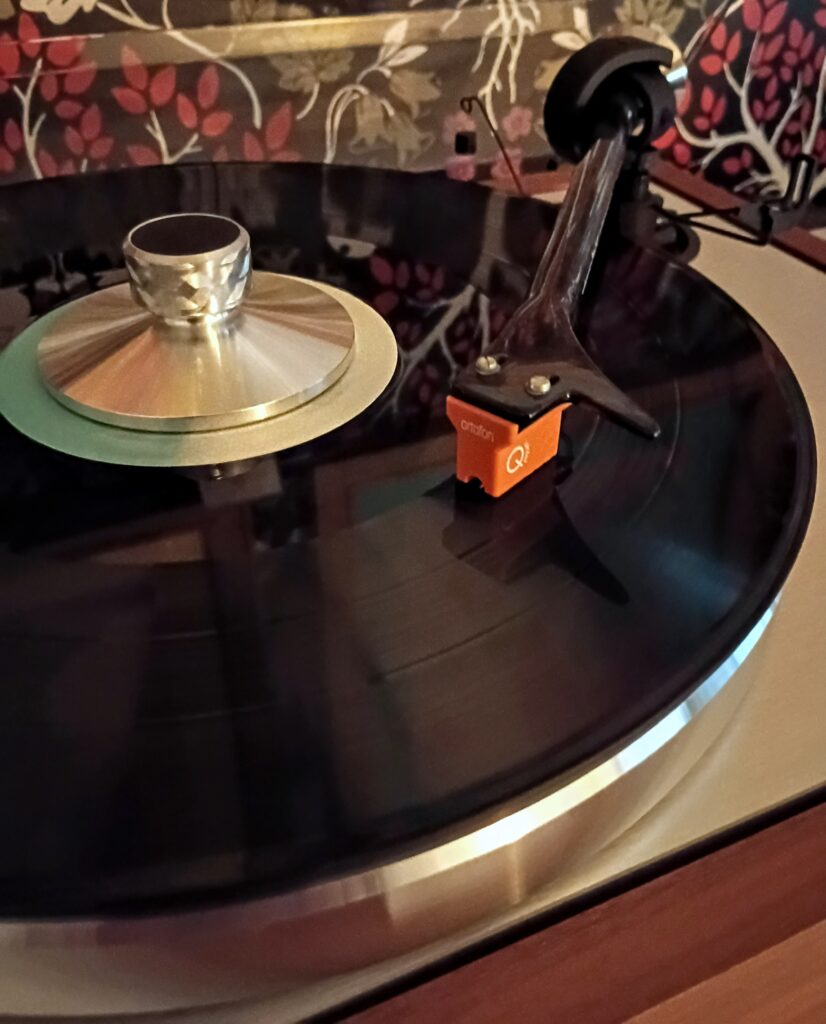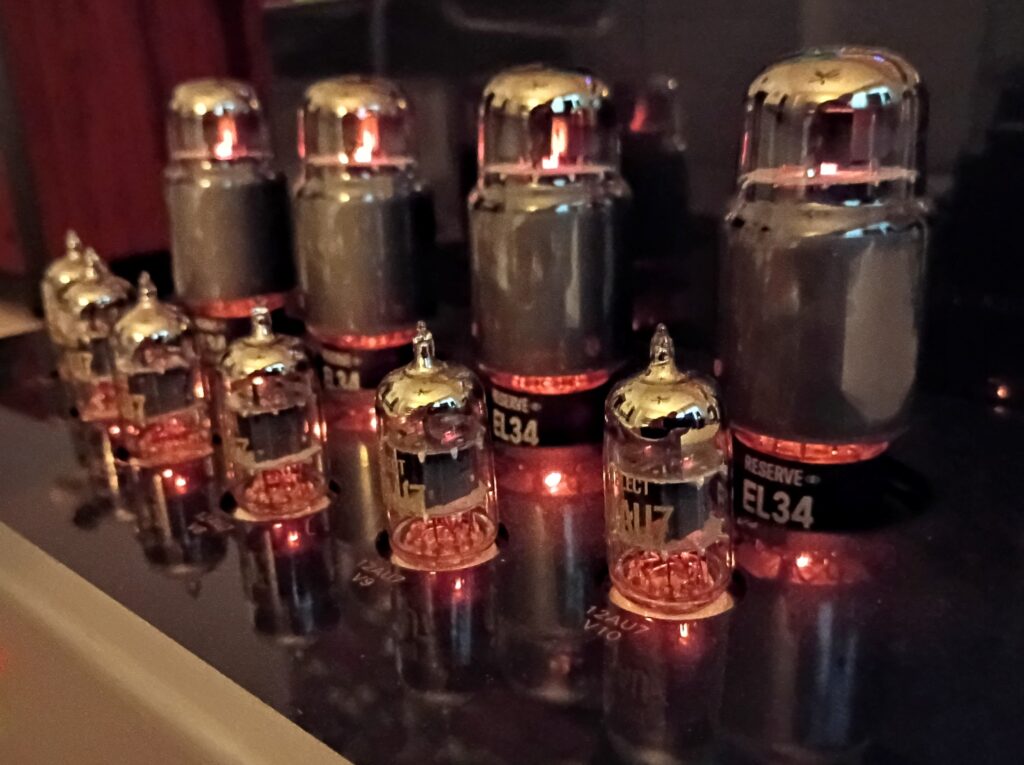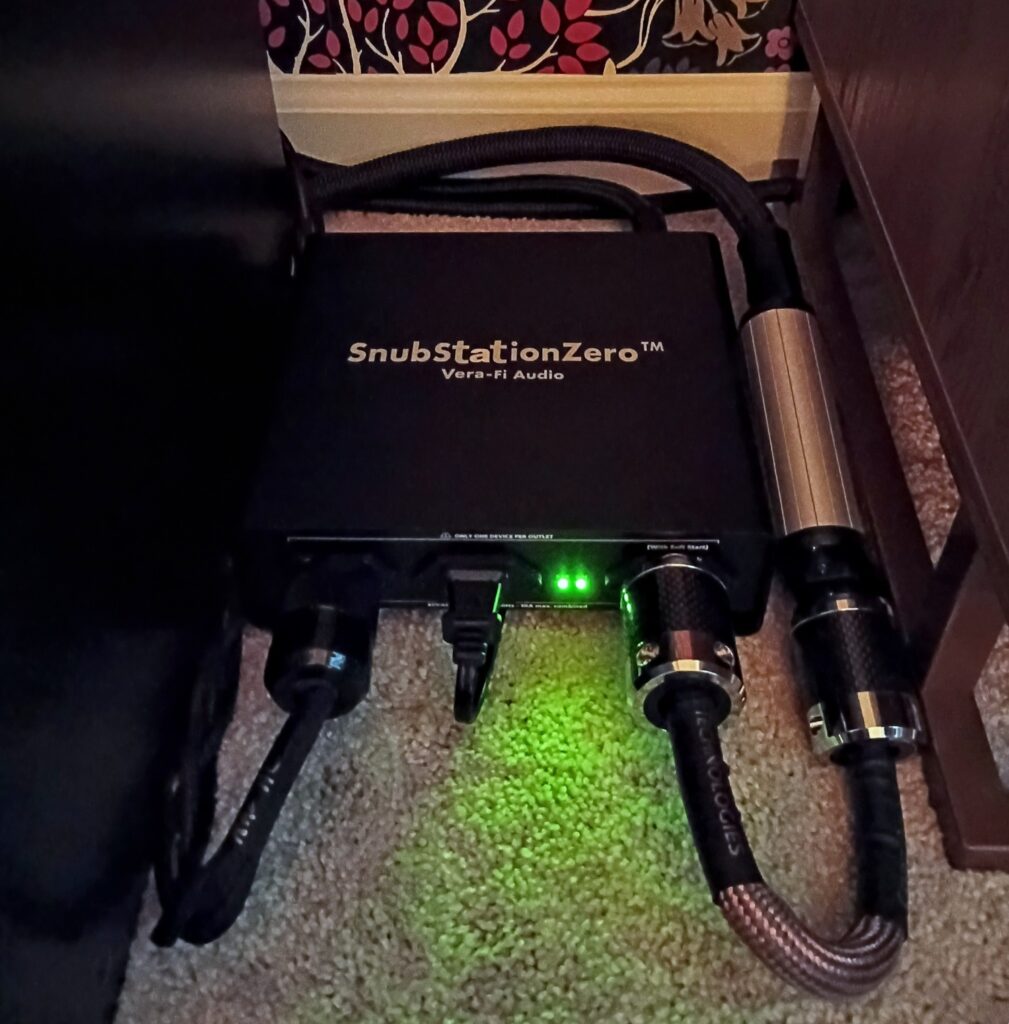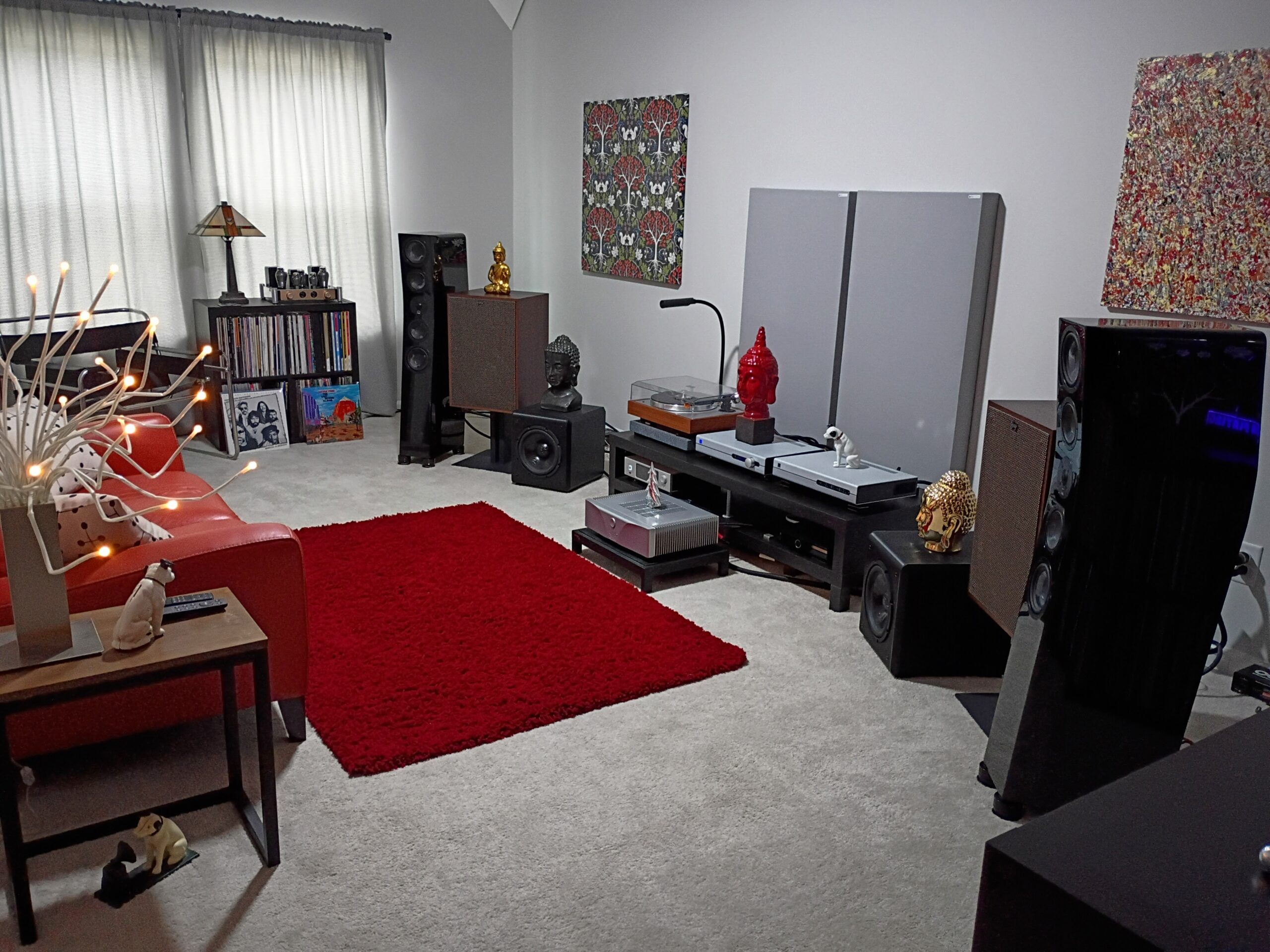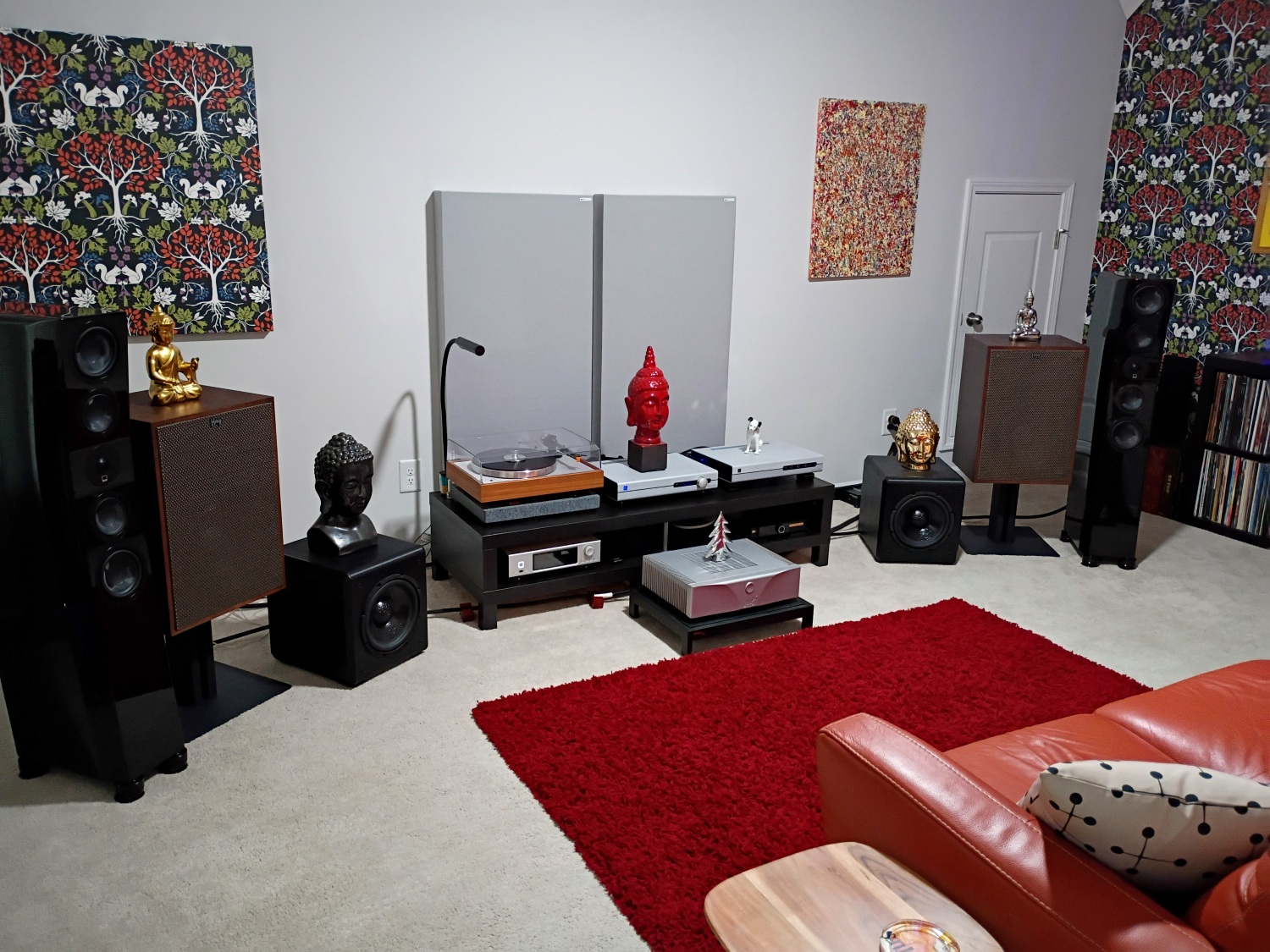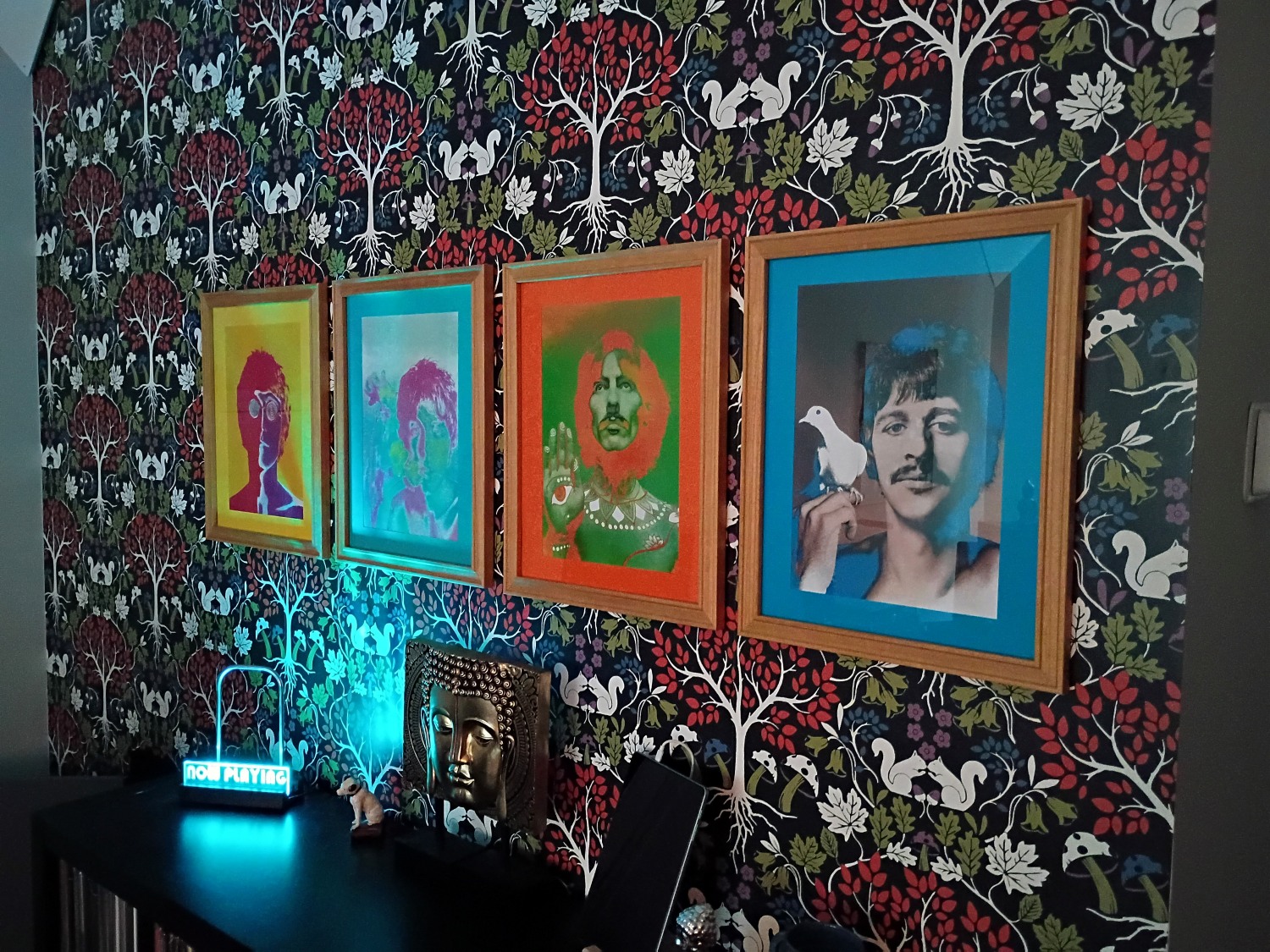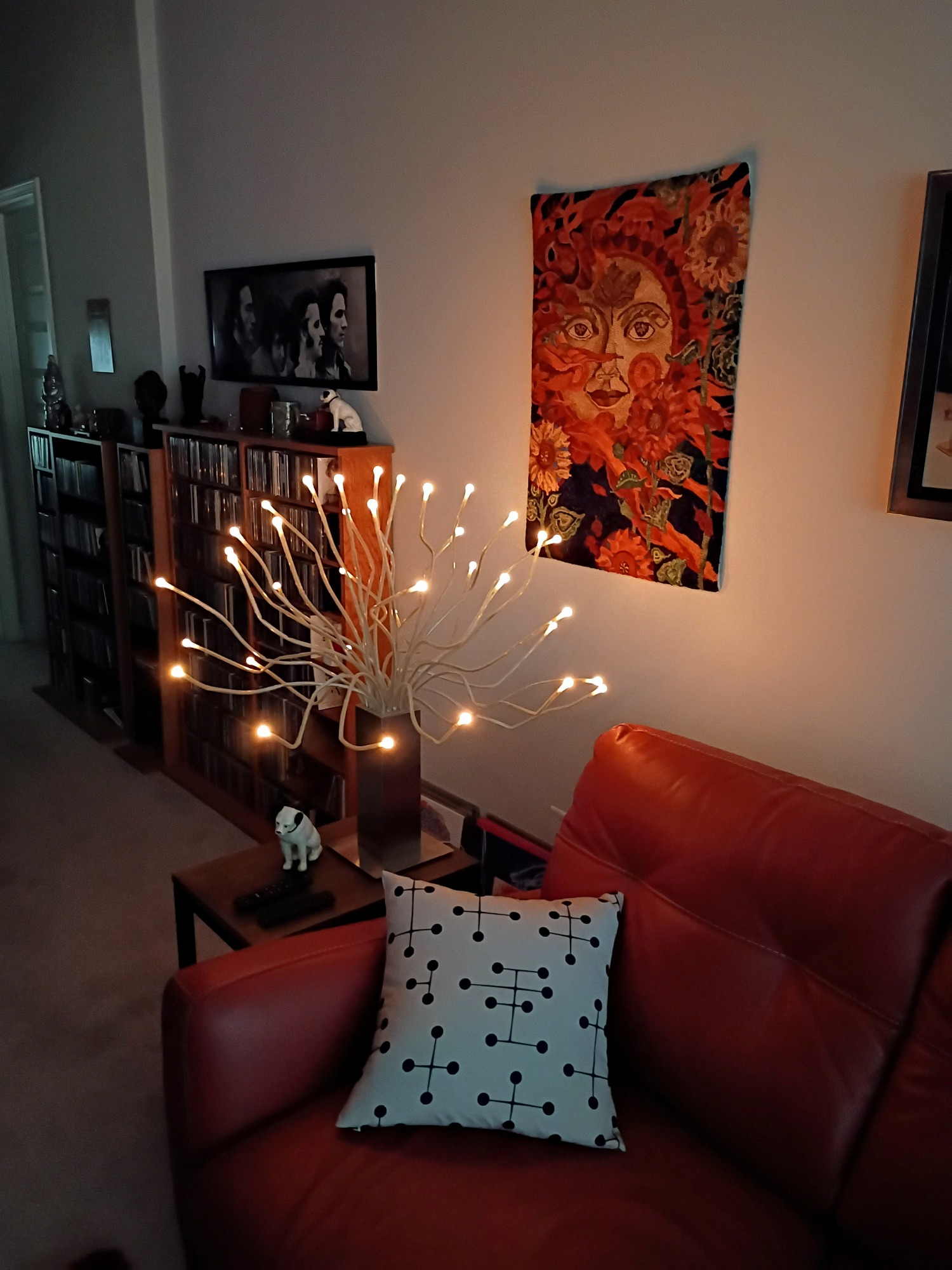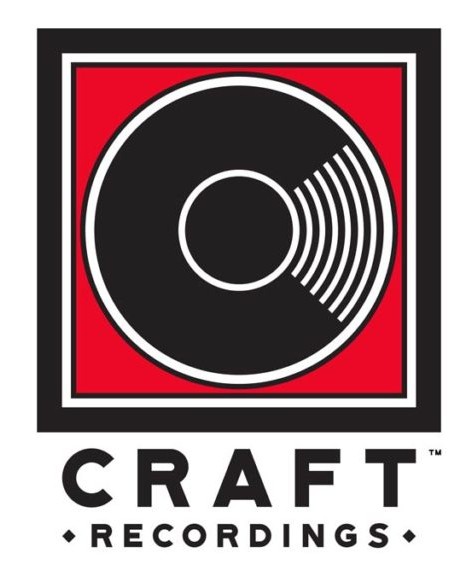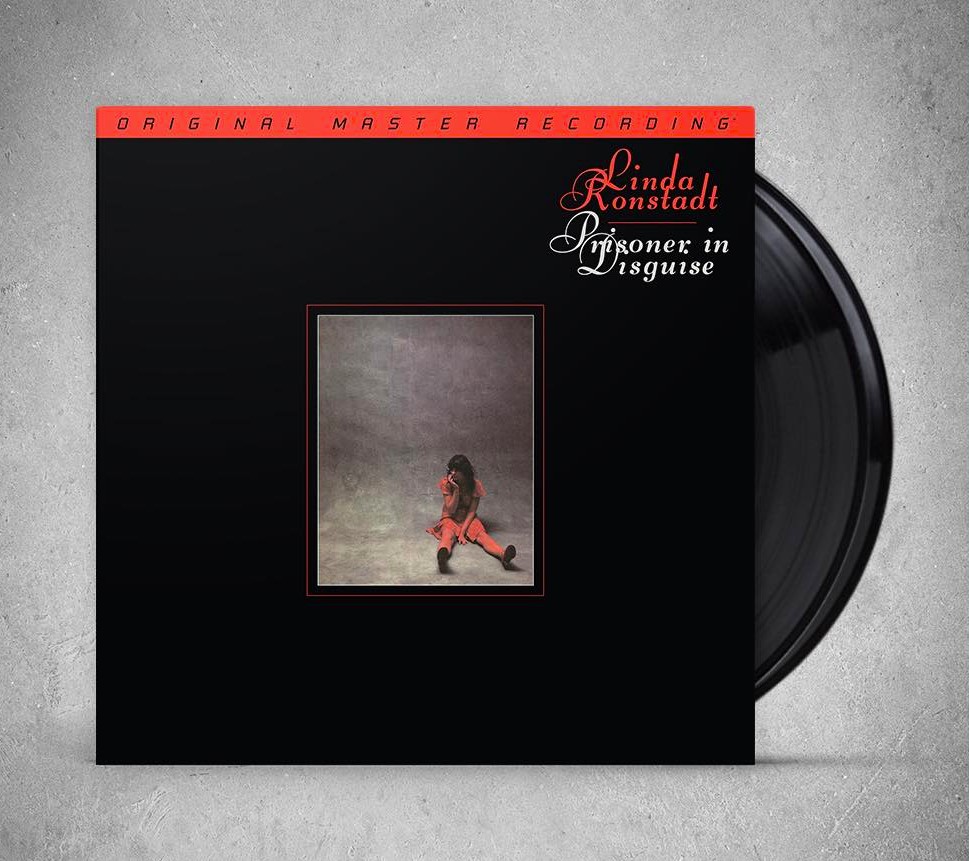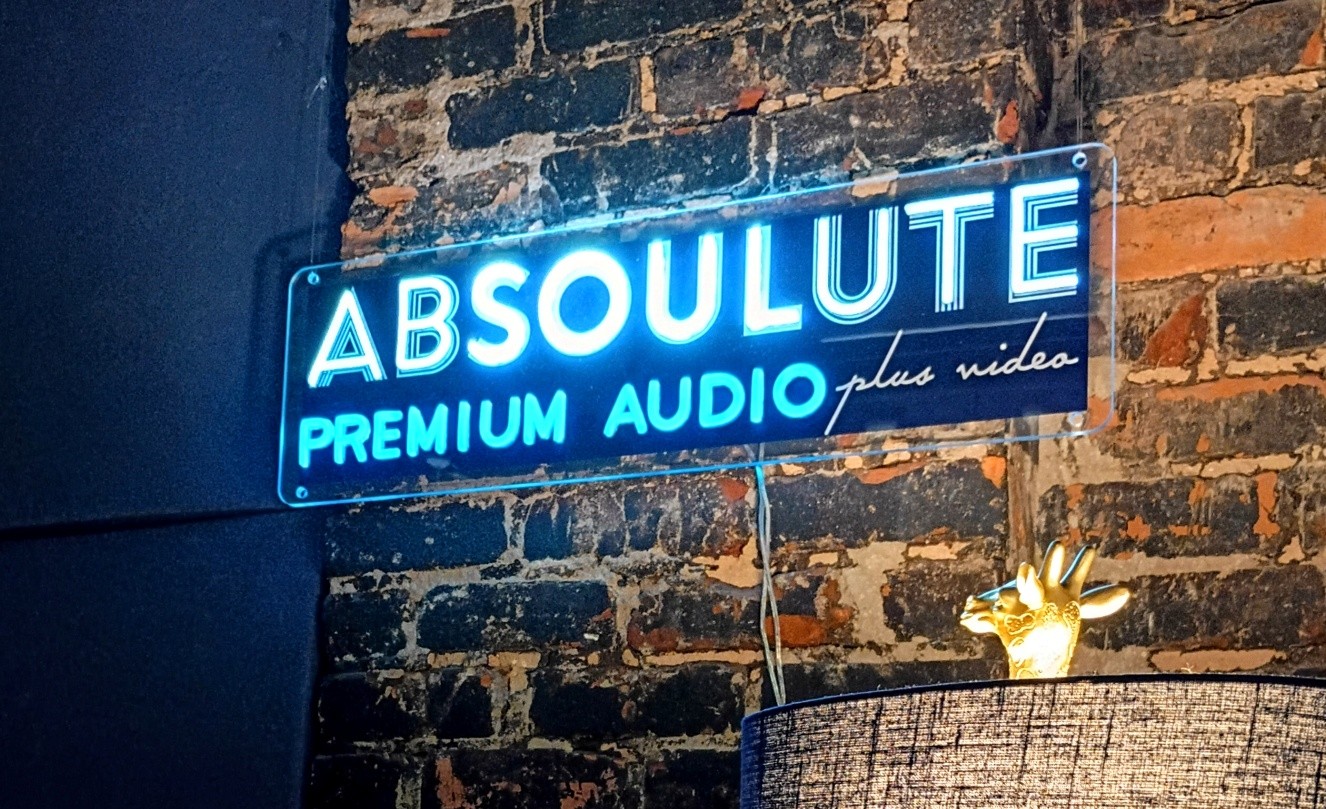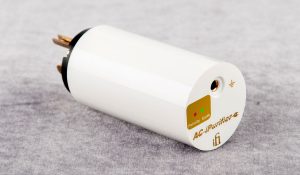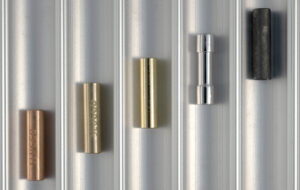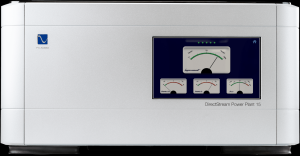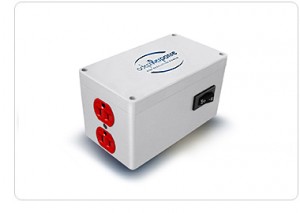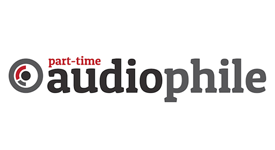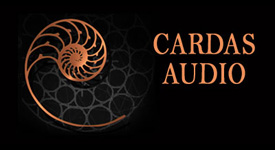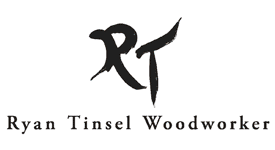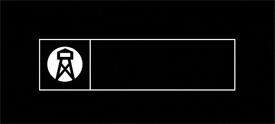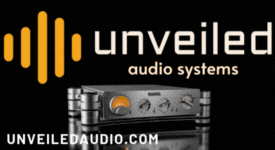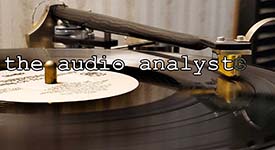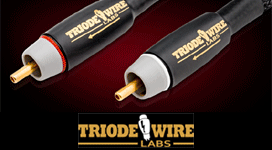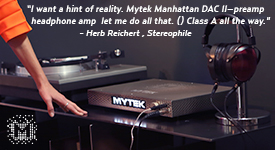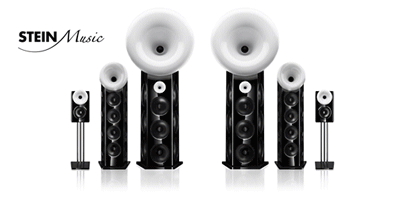Mark Schifter and the geniuses at Vera-Fi Audio have done it again, and their new group of AC power optimization products may be the company's most important product launch to date.
A little over a week ago, and following a series of somewhat cryptic direct messages, Mark confirmed he was sending a trio of new "surprises" my way. He could barely contain his excitement, but had to temper his enthusiasm as his warehouse was having fulfillment issues. The warehouse was overwhelmed with orders, and while they were filling them as quickly as possible, it might be days before his guy Jordan could send me the package. Miraculously, Jordan managed to ship it that same day, but until his confirmation email arrived, I didn't even know what was in the package on its way to me. That convoluted process has become Vera-Fi Audio's modus operandi, and the norm for my dealings with Mark and Vera-Fi over the last couple of years!
The invoice listed only two products, the Line Noise BlackHole (LNBH) and the Snub Station Zero (SSZ); Mark told me the third product, the Infinity Fuse, would be shipping within a few days. Looking at the limited online product information for both the LNBH and SSZ told me that I knew virtually nothing about their operation or intended function. Both are AC power optimization products that I assume are intended to work in tandem with Vera-Fi's Snubway Noise Defender and MainStream Master Class Dynamic Parallel AC line conditioners. Or are they just improvements over those products, taking their already superb performance to another level? Vera-Fi's website offered scant information, and bits of online chatter suggested the LNBH and SSZ were perfect for vintage audio equipment or single-ended triode tube amplifiers. I own neither, but my all-analog system does include the PrimaLuna EVO 300 tube integrated amplifier: maybe that might be a good starting point for my evaluation of Mark's new surprises.
Line Noise BlackHole and Snub Station Zero arrived in a few days
The Line Noise BlackHole occupies a fairly diminutive metal case with an IEC input and a power switch on the back panel. A single multi-compatibility outlet is on the front panel (it works for both IEC three-prong and Schuko plugs) and is accompanied by a single status LED. The Snub Station Zero's case has slightly larger dimensions, sports the same back panel IEC input and power switch, but has a total of three multi-compatibility outlets on the front panel. Two of them are identified in the manual as "low power," and are designed for less demanding audio equipment. The third outlet, designated as "high power" and "soft start," provides a more effective interface with high-current devices like power amplifiers. And whether vintage, solid state, or tubes, all would benefit from reducing the burst of transformer energy that occurs when those devices are fired up. The reduction of in-rush current translates not only into reduced noise at startup, but also increased life and reduced wear on the amplifier's transformer windings. The front panel has a pair of LEDs, one for power-on status and another that's marked "SSR" that lights after the input power has stabilized.
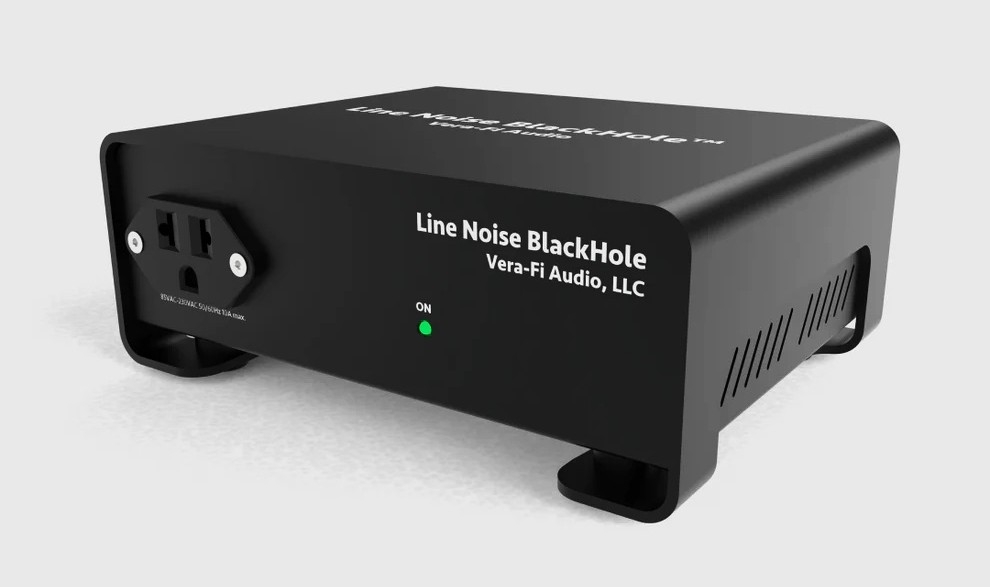
The LNBH provides high-performance electromagnetic interference noise filtering for your equipment stack. Its high-level, two-stage filtering effectively attenuates differential and common mode noise, and also provides hybrid overvoltage protection. The Snub Station Zero features a built-in DC blocker, inrush current protection, and a trio of EMI filtered outlets. Its pair of low-powered outlets are perfect for DACs and preamps, while the high-powered outlet is optimized for power amplifiers. A couple of caveats apply to use of the LNBH and SSZ units; both devices are limited to a 10 Amp maximum input. And while the LNBH can be used with a high-quality power strip to provide power to multiple devices within the 10 Amp range, the SSZ can only be used with a single device connected to each of its outlets. Both the LNBH and SSZ are supplied with standard IEC power cords.
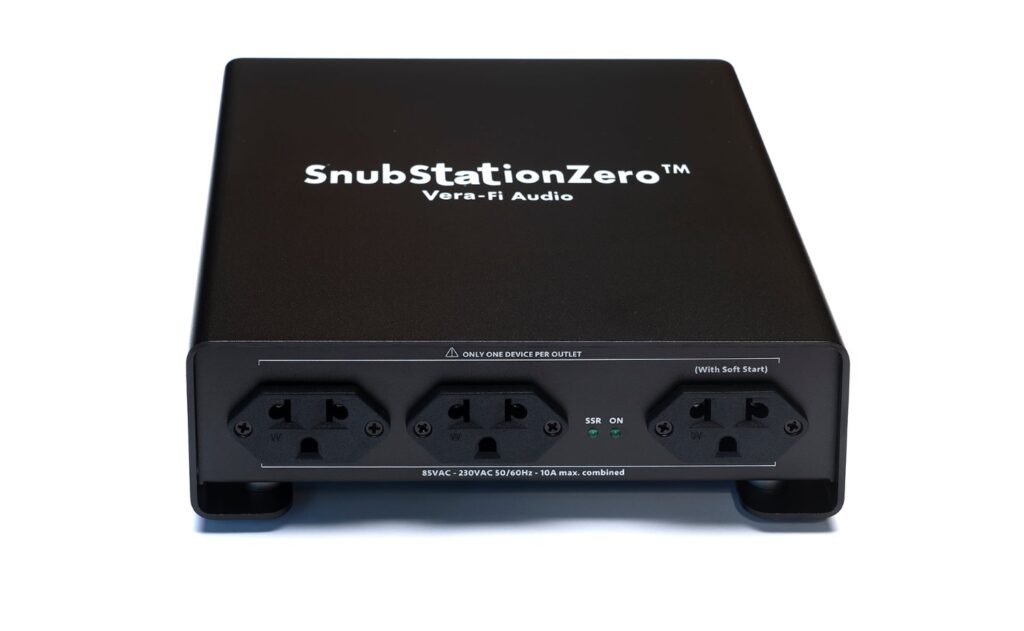
My analog system is fairly uncomplicated, and only needs AC outlets for the amplifier, a PS Audio Stellar Phono Preamp, ProJect and Rega turntables, and twin Vera-Fi Audio Caldera 12 subwoofers. An AudioQuest Niagara 1200 power conditioner is plugged into one of the sockets of an AudioQuest NRG Edison AC outlet in the room; a Vera-Fi MainStream device is inserted into the other. A Vera-Fi Snubway occupies the first outlet of the Niagara 1200, and is followed by the amplifier, the phono preamp, and the Rega turntable. Room logistics prevents the ProJect table or the Caldera subs from being connected to the Niagara unit, but that hasn't handicapped me from achieving exceptional system sound. With everything in the room on the same AC circuit, the multiple MainStream and Snubway devices attached throughout the suite of rooms has had a cumulative effect on all the equipment. And the combination of AudioQuest and Veri-Fi power conditioning has provided outstanding noise reduction and improved the performance of the EVO 300 and PS Audio Stellar phono preamp, so why shouldn't the Line Noise BlackHole and Snub Station Zero work together with them in essentially the same way?
The supplied product manuals for the LNBH and SSZ offered little direction for connecting them to my equipment, so I felt it was prudent to reach out to Mark for his setup suggestions. And of course, his recommended approach was outside the box of my normal thought processes. He told me to plug the LNBH directly into the wall outlet, then plug the SSZ into the LNBH's front panel outlet, followed by plugging my equipment into the SSZ's front panel outlets. Connecting the pair in series was not what I would have envisioned, but again, I didn't know much about either device's intended use; I would have expected them to be utilized individually, and not in combination.
Out with the old, in with the new
The next step seemed counterintuitive to me: plugging the Line Noise BlackHole and Snub Station Zero directly into the wall outlet eliminated the need for the AudioQuest Niagara 1200, so I removed it from the system. That struck me as extreme, but I've learned from my experiences with Mark and Vera-Fi Audio that the illogical often yields the greatest results. I then moved one of my front-wall album racks around a bit to more easily accommodate the LNBH and SSZ devices. I also decided to use the more robust AudioQuest NRG power cables to connect both devices; the heavier NRG Z3 cable would connect the LNBH to the Edison wall outlet, and an NRG Y3 cable would connect the SSZ to the LNBH. I loved the multi-compatibility outlets on the new Vera-Fi equipment, which were much more robustly built than I would have expected, and firmly gripped the AC power cords. But after rethinking this setup, I moved the record rack closer to its original position, and placed the LNBH underneath it. It was out of sight, but was more ergonomic for the attached equipment and easy access of my LPs.
Per Mark's instructions, I moved the Snubway device into another adjacent AC outlet in the room. I then powered on the LNBH and SSZ; after the SSZ stabilized, I powered on the PrimaLuna EVO 300 and the PS Audio phono preamplifier. It takes the EVO 300 about a minute or two for the tubes to reach stasis; I could then hear the background noise spectrum across the XSA Vanguard monitors. And that's the point when my jaw hit the floor, and I hadn't even listened to any music!
Listening with the Line Noise BlackHole and Snub Station Zero in the analog system
When I first moved to South Carolina, I struggled considerably with getting clean power to my audio systems; that took a tremendous step in the right direction when I added Vera-Fi's MainStream and Snubway devices in combination for the first time—you can read about those experiences HERE. When I talked about how quiet the system was with the inclusion of the Dynamic Duo of MainStream and Snubway, especially in combination with the Niagara equipment, it wasn't hyperbole—my dual audio systems had finally reached an acceptable level of quiet. After switching on the new all-Vera-Fi power optimization system with the Line Noise BlackHole and Snub Station Zero in series, I couldn't believe my ears. The near-absolute silence was almost deafening, and I had to crank the EVO 300's volume knob far beyond any normal listening position to hear anything other than the very slightest electronic buzz that was almost buried in the gentle hiss of the RAY tubes. After 24 hours of allowing the LNBH and SSZ to warm up and burn-in a bit, even that very slight buzz was completely gone.
After simply enjoying the silence for a while, I realized that disconnecting the PS Audio phono preamp had reset it to the default moving magnet cartridge settings, which utilizes lower gain and offers a lower level of input noise. Switching to the moving coil input's medium gain setting—even with a significant twist of the volume level, offered no additional noise—none. I then took the bold step of pushing the cartridge gain to its highest setting, and still, nothing changed—there was no additional noise. Yanking the volume knob far beyond normal listening levels yielded more of the same: nothing. Switching on the MC settings on the phono preamp really gobsmacked me!
In a DM to Mark, I mentioned that only a week before, I'd dropped nearly $100 in upgrading the bearing oil and cueing lever lubricants on the ProJect Classic turntable, which restored its performance to like new. And I couldn't have been happier—until the Line Noise BlackHole and Snub Station Zero arrived: I now feel like I've died and gone to analog heaven. This is a soooo much better version of my all-analog system, and one I never thought I'd ever experience—at least, not in this lifetime!
I'm an old-school LP spinner; I'm always very focused on the music, and typically don't notice much during LP playback that troubles me. But before the insertion of the LNBH and SSZ in my system, in the silence between tracks, I'd still generally hear the slight buzz in the background. I'd been attributing that to either the Ortofon Quintet Bronze MC cartridge, the PS Audio Stellar phono pre, or maybe even the input circuitry of the PrimaLuna EVO 300. Nope, it's been in the AC power all along—and even though it's at such a very low level as to be nearly insignificant, it was still there. That noise is now gone, and I feel like I've won the audio lottery!
I'd had the grandkids here for days, and hadn't really had the luxury to head upstairs and put the upgraded system through its paces. After returning them to their parents, I spent an entire afternoon and into the evening playing tons of LPs that ranged from more acoustic and intimate presentations to blues rock and full-blown electronica stomps. While I found the exceptionally quiet background totally luxurious, I also couldn't ignore the more detailed presentation, with improved musicality, greater midrange clarity, and more precise stereo imaging. Getting rid of all the noise definitely allows you to hear more deeply into the music; this is the kind of all-analog playback I've been dreaming of—and it's actually live and in my room! I'm absolutely stoked to hear what the new Infinity Fuse will bring to the equation!
Vera-Fi Audio again sets the Standard for Attainable Word Class Performance!
I typically tend to overthink many of my reviews, and end up laboring a bit with most them before my brain locks onto what actually needs to be said. When I first inserted the Line Noise BlackHole and Snub Station Zero into my analog system, the last thing I expected was for this review to start writing itself in the first five minutes of the evaluation, but that's exactly what happened. And without hearing a note of music, I knew Mark had sent the equipment that would make my audio dreams a reality! When the music started playing, it flowed effortlessly across the blackest of black backgrounds, bringing heretofore unheard levels of detail to the fore, and offering music that was dynamic, powerful, and emotionally engaging, improving an already good system in every performance metric.¹ My music sparked a more impassioned and visceral connection now that my playback was unhindered by substandard AC power. I am in complete awe of Mark and his team of pros at Vera-Fi Audio!
I don't believe my situation here in South Carolina is all that different from anywhere else; my new construction house was built using modern electrical codes, and I'd expect to encounter the same AC line noise problems I've dealt with here just about anywhere. YMMV, but in my system, the benefits from the Line Noise BlackHole and Snub Station Zero were instantaneous and undeniable. And this was only in the analog room—I'm already working out how to make this happen in the digital source system. The wheels are definitely turning, and I'll report back soon; I want to offer my thanks to Mark Schifter for keeping me in the loop. Vera-Fi Audio's Line Noise BlackHole and Snub Station Zero come very highly recommended—this is next-level gear that will totally transform your listening experiences.
Line Noise BlackHole
Retail: $595, available for a limited time for $395
Snub Station Zero
Retail: $695, available for a limited time for $595.
Vera-Fi Audio
All photos courtesy of Vera-Fi Audio and the author.
¹ If at any point since they've been in my system, I ever doubted whether the PrimaLuna EVO 300 tube integrated amp, the PS Audio Stellar phono preamp, or the Ortofon Quintet Bronze MC cartridge were up to snuff, after inserting the LNBH and SSZ, all doubts have been erased. I'll sing their praises to everyone from here on!

